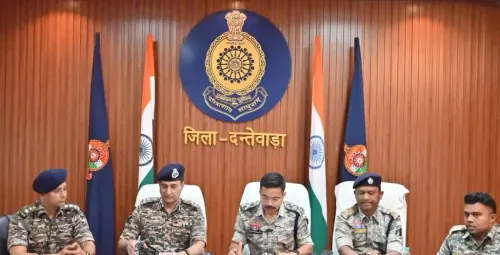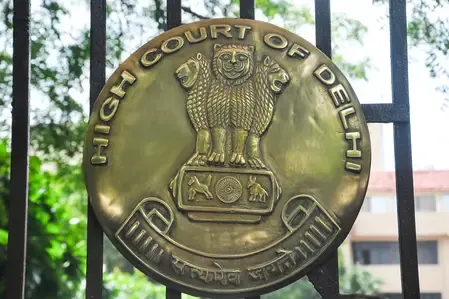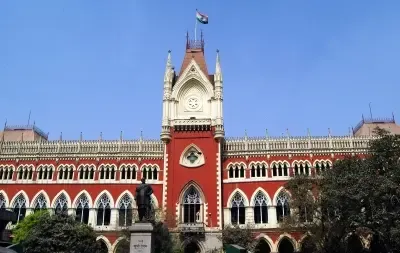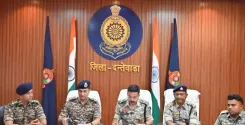What Happened During the Bharat Bandh in Kerala?
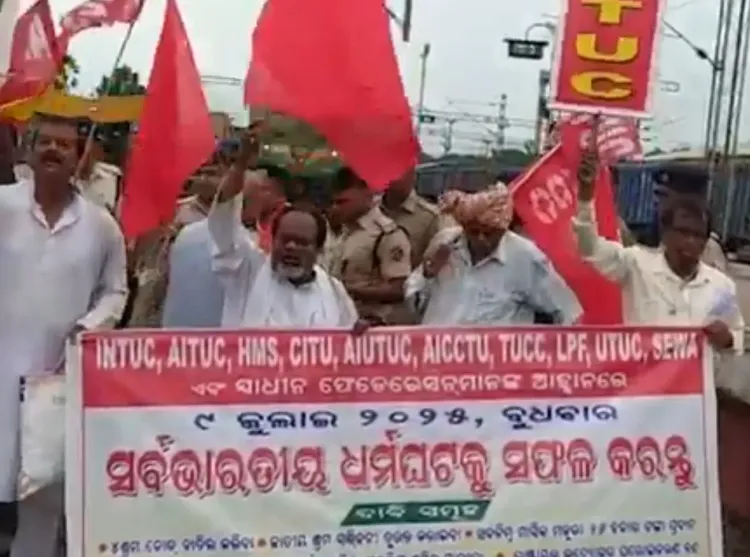
Synopsis
Key Takeaways
- Kerala experienced a complete shutdown due to the Bharat Bandh.
- Public transport was largely disrupted, impacting commuters.
- Protests not only targeted large establishments but also small local businesses.
- Daily wage workers faced significant hardships as a result.
- Legal perspectives highlight the ongoing tensions between labor rights and individual freedoms.
Thiruvananthapuram, July 9 (NationPress) — The all-India general strike initiated by ten trade unions on Wednesday resulted in a complete shutdown across Kerala. Shops, public markets, educational institutions, and various establishments remained closed as a response to the strike called by the Left unions, reflecting the state's Left-leaning governance.
Only two-wheelers and private vehicles were operational, while buses and other modes of transport were largely absent. Despite Transport Minister K.B. Ganesh Kumar's claims that the state-owned Kerala State Road Transport Corporation would function, buses remained off the roads.
In Kochi, some drivers and conductors attempted to start their shifts, but were prevented by CITU employees, leading to stranded passengers.
In Kollam, KSRTC employees who tried to operate a bus faced hostility from protesting colleagues, with law enforcement merely observing the situation.
One bus driver in Adoor took precautions by wearing a helmet, stating, “I began my journey from Pathanamthitta in a helmet to protect myself from potential stones thrown by protesters. Although I had seven passengers, our trip ended abruptly due to the protests. As a daily wage driver, I rely on this work to provide for my family.”
A group of women lamented, “This situation is untenable. The strikers only harm those of us who depend on daily earnings for our livelihoods.”
At the heavily secured State Secretariat, a confrontation arose between protesters and those attempting to work.
Chief Secretary A. Jayathilak arrived punctually, but only about 15 to 20 percent of the 4,700 employees reported for duty.
Numerous banks were also forced to shut their doors.
The weekly cabinet meeting was rescheduled for Thursday, with Chief Minister Pinarayi Vijayan participating via video link from the U.S.
Protesters at a government ayurveda medicine warehouse near Kollam aggressively evicted an employee responsible for ensuring daily medicine supplies.
Legal expert M.R. Abhilash criticized the protesters, asserting, “No one has the right to obstruct others wishing to work. Such actions are unlawful and indicative of a concerning trend in Kerala.”
Even local eateries faced disruptions, despite being typically allowed to remain open.
“It’s unfortunate when milk delivery trucks are permitted to run, yet the milk cannot reach tea shops due to protest interference,” lamented a group of men.



